Birds play an essential role in the ecosystem and their diets vary greatly depending on the species. While some birds primarily eat insects, others prefer seeds, berries, or even small vertebrates. If you enjoy birdwatching or want to support local bird populations, it is important to understand what birds eat in the wild. Here, we will explain the different food sources birds rely on and how you can feed them appropriately.
Different bird types and their diets
A bird’s diet is largely determined by its beak shape and habitat. Generally, birds can be categorized into different feeding groups:
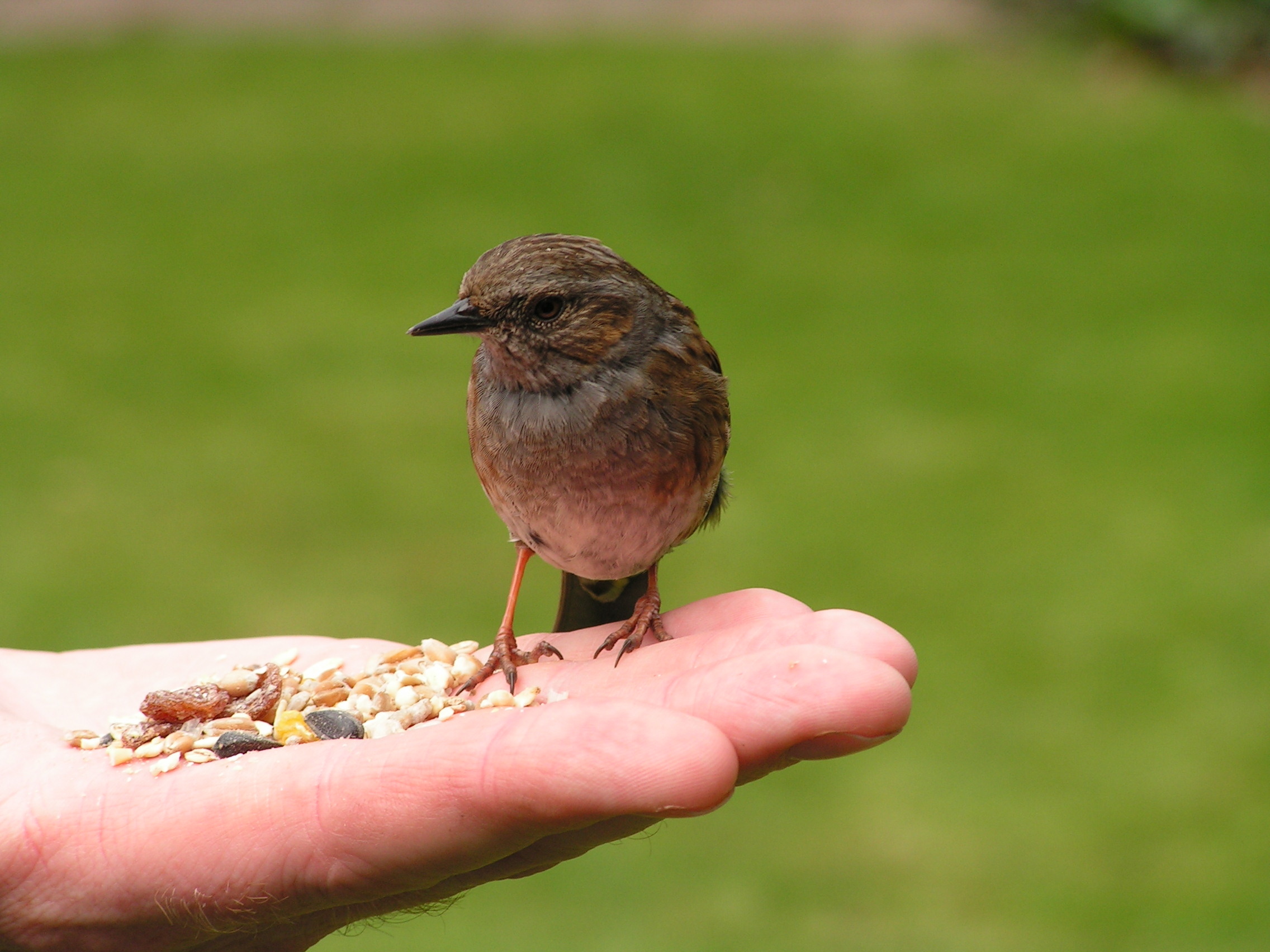

1. Seed-eating birds
These birds have strong, thick beaks that help them crack open seeds and grains. Common species include:
-
Finches
-
Sparrows
In the wild, they eat seeds from grasses, wildflowers, and trees. You can support them in your garden by offering sunflower seeds, millet, and hemp seeds.
2. Insect-eating birds
Birds with slender, pointed beaks are often specialized in catching insects. These include:
-
Tits
-
Swallows
-
Robins
Their diet consists of beetles, caterpillars, spiders, and other small creatures. Insects are especially crucial for feeding young birds in spring.
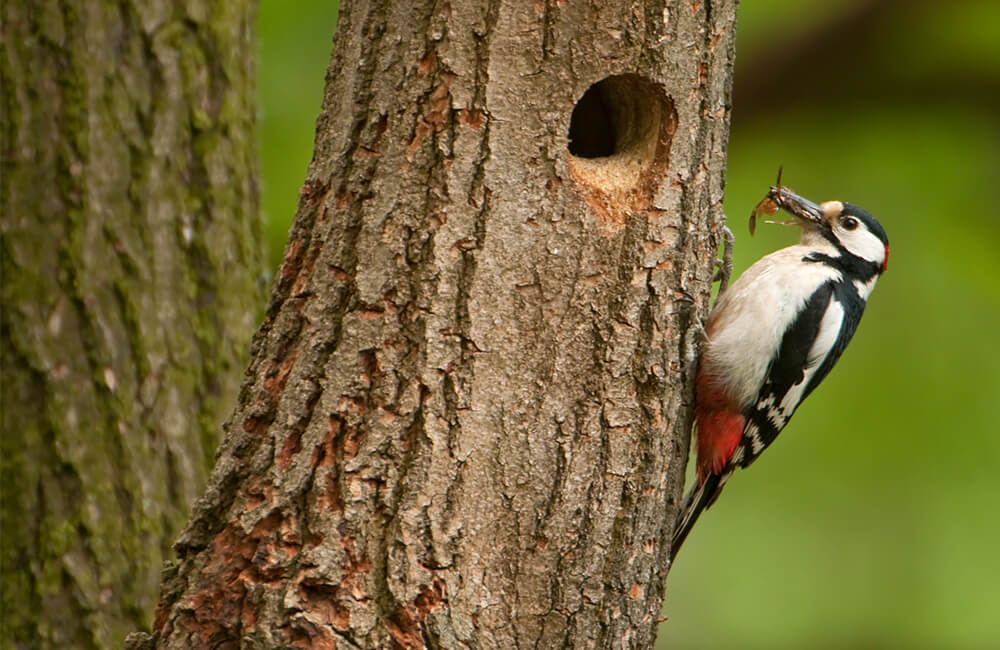

3. Omnivorous birds
Some birds are not limited to a single type of food and eat both plant and animal matter. Examples include:
-
Blackbirds
-
Starlings
-
Magpies
Their diet includes fruits, berries, earthworms, and small insects. In autumn, they often feed on fallen fruit and seeds.
4. Carnivorous birds and birds of prey
Birds of prey have strong talons and sharp beaks to catch and kill their prey. These include:
-
Falcons
-
Owls
-
Buzzards
They feed on small mammals, birds, and reptiles. Some species also scavenge on carrion.
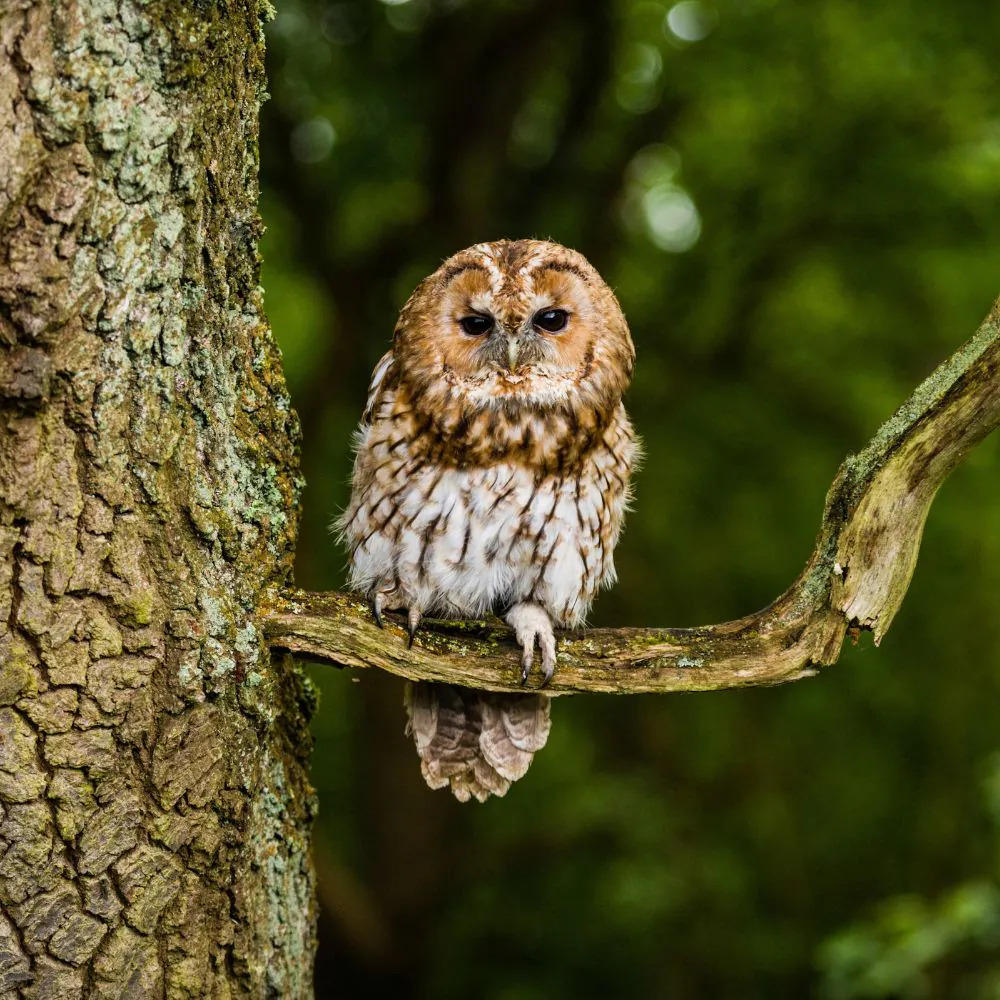

What natural food sources do birds use?
Birds adapt to their environment and utilize a wide range of food sources:
-
Seeds and grains: Essential for seed-eating birds, often from grasses and wild plants.
-
Berries and fruits: A valuable energy source, especially in autumn.
-
Insects and spiders: A crucial protein source for many species, particularly during the breeding season.
-
Worms and snails: Frequently consumed by blackbirds and thrushes.
-
Small mammals and fish: Prey for birds of prey and fish-eating species like herons.
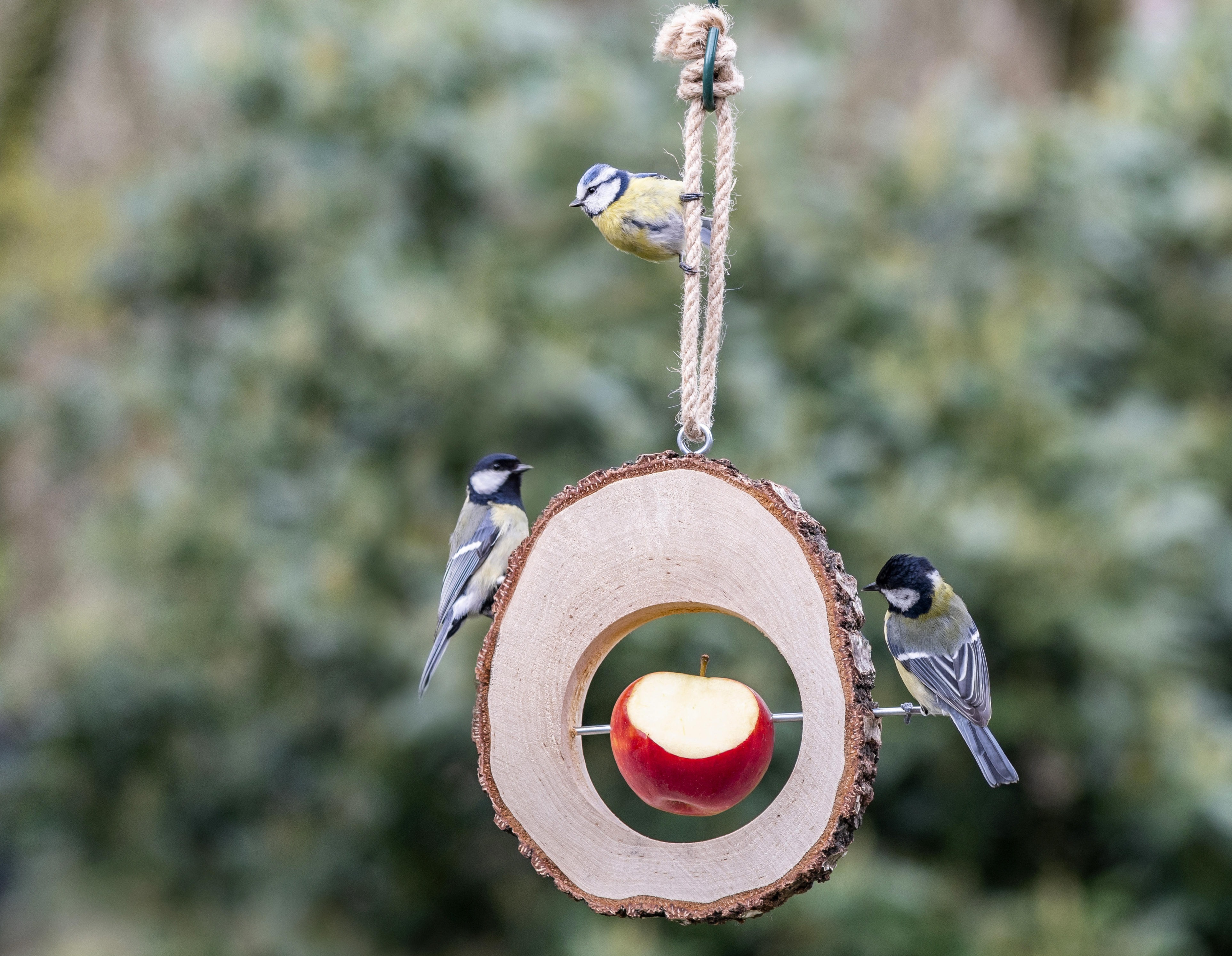

How can you help birds in your garden?
There are several ways to provide birds with natural food sources:
-
Plant native shrubs and trees that produce berries and seeds.
-
Avoid pesticides to maintain insect populations as a food source.
-
Offer species-appropriate bird food, especially in winter and during breeding season.
-
Leave parts of your garden wild to provide shelter and foraging opportunities for birds.
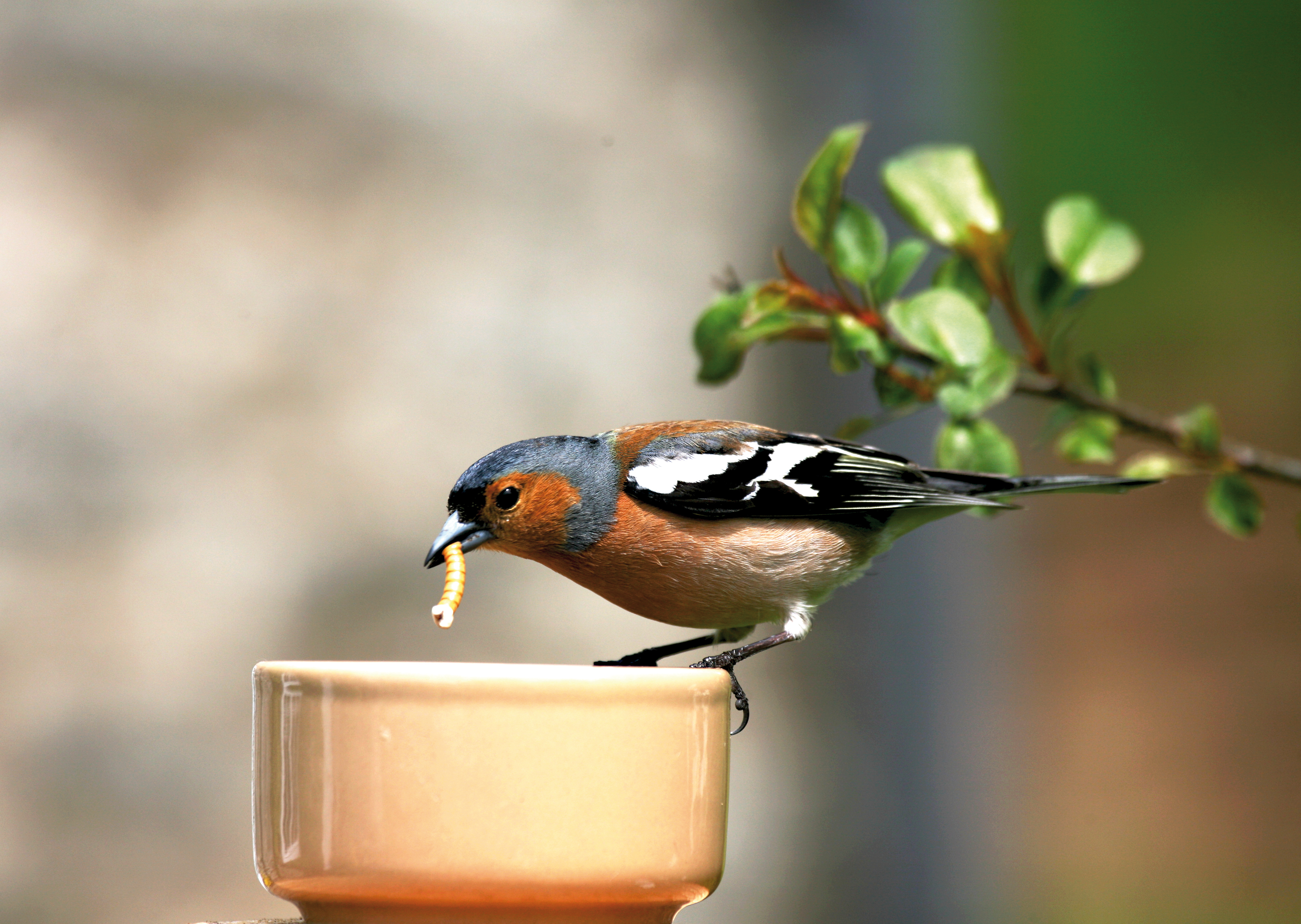

The right food for birds
Birds have diverse diets, ranging from seeds and berries to insects and small vertebrates. If you want to support them, consider enhancing natural food sources in your garden and providing appropriate supplementary feeding. This helps sustain local bird populations and contributes to the conservation of native species.
